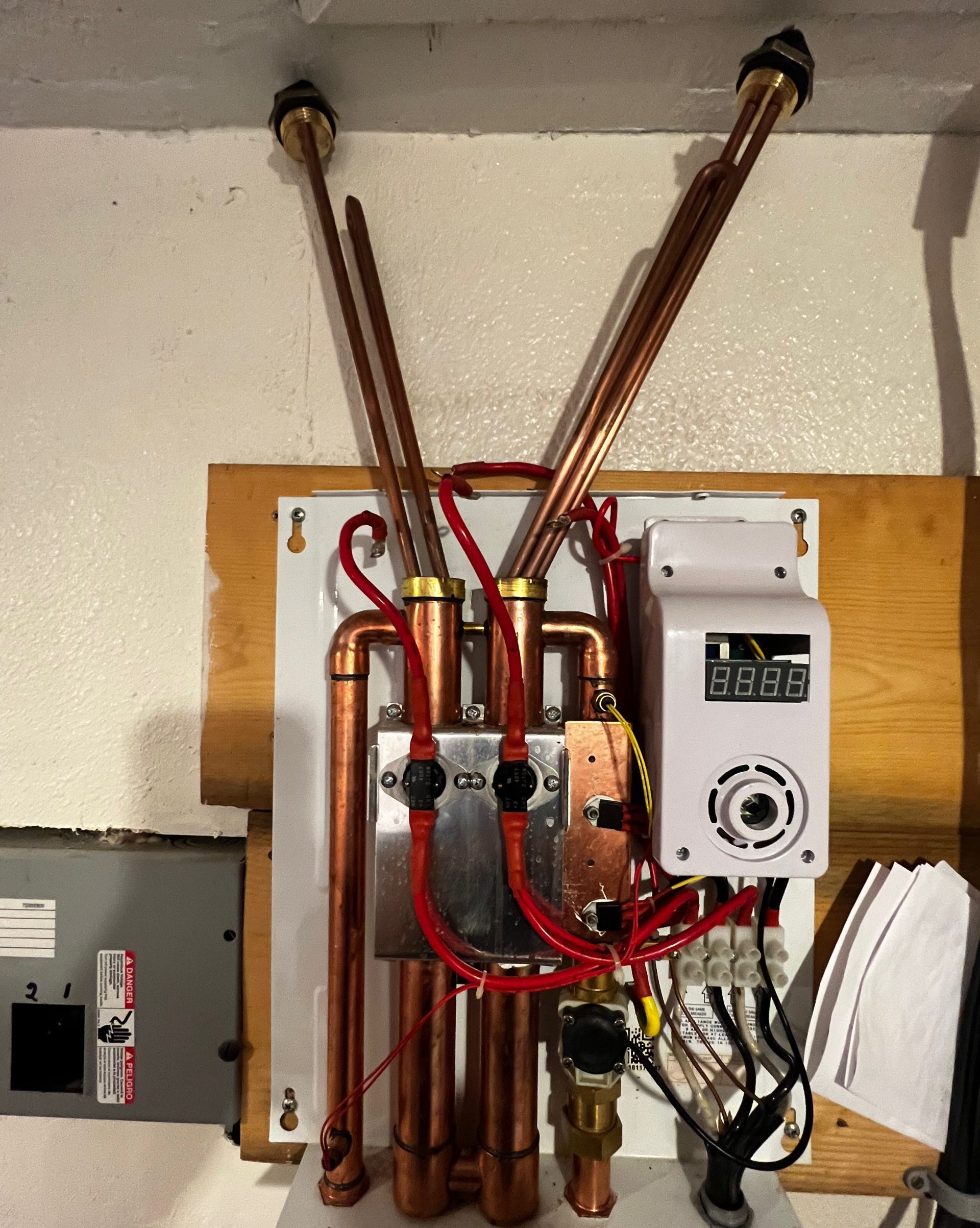This great article below on the subject of Tips on Maintaining a Water Heater is indeed intriguing. You should check it out.

Hot water is essential for everyday convenience, whether it's for a refreshing shower or washing dishes. To ensure your warm water system runs successfully and lasts longer, routine upkeep is vital. This write-up supplies functional tips and insights on how to maintain your home's warm water system to avoid interruptions and costly repairs.
Intro
Maintaining your home's warm water system could seem difficult, but with a couple of easy steps, you can guarantee it operates efficiently for several years ahead. This guide covers everything from comprehending your warm water system to do it yourself upkeep tips and understanding when to hire professional assistance.
Value of Keeping Your Warm Water System
Regular maintenance not only extends the lifespan of your warm water system however additionally ensures it runs successfully. Neglecting maintenance can lead to decreased efficiency, higher power bills, and even premature failing of the system.
Indications Your Warm Water System Needs Upkeep
Recognizing when your hot water system needs attention can protect against major issues. Watch out for indications such as inconsistent water temperature level, strange noises from the heater, or rusty water.
Understanding Your Hot Water System
Prior to diving into upkeep jobs, it's practical to recognize the standard components of your hot water system. Usually, this includes the hot water heater itself, pipes, anode rods, and temperature controls.
Regular Monthly Maintenance Tasks
Normal monthly checks can aid capture small concerns prior to they escalate.
Purging the Water Heater
Flushing your water heater eliminates debris build-up, improving effectiveness and extending its life.
Monitoring and Changing Anode Rods
Anode poles protect against rust inside the storage tank. Examining and replacing them when broken is vital.
Examining and Changing Temperature Setups
Readjusting the temperature level setups makes sure optimum efficiency and security.
DIY Tips for Upkeep
You can do a number of maintenance tasks yourself to keep your warm water system in leading condition.
Looking for Leakages
Consistently evaluate pipelines and links for leaks, as these can cause water damage and higher costs.
Examining Pressure Alleviation Valves
Checking the pressure relief valve guarantees it operates correctly and stops too much stress accumulation.
Protecting Pipelines
Shielding hot water pipes reduces warmth loss and can save power.
When to Call a Specialist
While DIY maintenance is beneficial, some concerns need professional proficiency.
Facility Issues Requiring Professional Help
Instances consist of major leaks, electric issues, or if your water heater is continually underperforming.
Regular Expert Maintenance Conveniences
Expert maintenance can consist of extensive evaluations, tune-ups, and making certain conformity with security standards.
Final thought
Regular upkeep of your home's hot water system is crucial for effectiveness, longevity, and price savings. By adhering to these suggestions and recognizing when to seek specialist help, you can ensure a trusted supply of warm water without unexpected disturbances.
Water Heater Maintenance Tips
Test the TPR Valve
Shut off the power and the cold-water supply valve. Place a bucket under the pipe connected to the temperature-pressure-release (TPR) valve on the top or side of the tank. (This valve opens if the tank pressure gets too high.) Lift the valve’s tab to let some water out, then let go. If water keeps flowing, drain the tank partway, unscrew the old valve with a pipe wrench, and install a new one. Check the Anode Rod
Put a hose to the tank’s drain cock and let out a few gallons of water. Now fit a 1 1/16-inch socket onto the rod’s hex head on top of the heater (or under its top plate) and unscrew the rod. If it’s less than ½ inch thick or coated with calcium, buy a new one, wrap its threads with Teflon tape, put it back in the tank, and tighten securely. Use this segmented rod if headroom above the tank is limited. Drain the Tank and Wash Out Sediment
Drain the remaining water in the tank into the bucket, then stir up the sediment on the tank’s bottom by briefly opening the cold-water supply valve. Drain and repeat until clean water comes out of the hose. Close the drain cock, refill the tank, and turn its power back on. Adjust the Temperature
Find the temperature dial on the side of the tank and unscrew its cover. Adjust the dial to 120 degrees using a flathead screwdriver. For every 10 degrees the temperature is lowered, you can expect to save up to 5 percent in energy costs. Turn the water heater off or the thermostat down to its lowest setting if you plan to be away from home for more than three days. Insulate the Pipes
Buy some self-sticking 3/8-inch-thick foam pipe insulation that matches the pipes’ diameter. Slide the foam over the hot-and cold-water pipes as far as you can reach. Insulating the cold-water pipe prevents condensation in summer. Peel the tape and squeeze the insulation closed. If the pipe is 6 inches or less from the flue, cover it with 1-inch-thick unfaced fiberglass pipe wrap. https://www.thisoldhouse.com/plumbing/21016402/how-to-maintain-a-water-heater

We are very interested in Tips on Maintaining a Water Heater and I'm hoping you enjoyed reading my blog posting. Are you aware of another person who is excited by the topic? Do not hesitate to share it. We enjoy your readership.
Visit Link